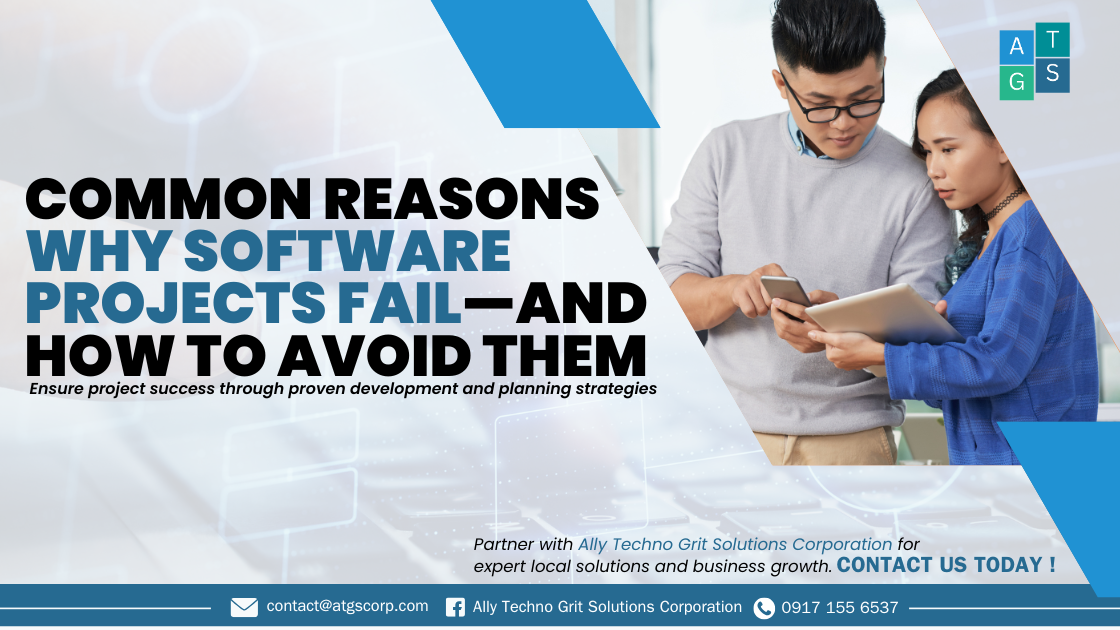 (19)-1723771883.png)
Ensuring Quality with Effective Software Testing and QA
Quality assurance (QA) plays a critical role in the software development process. It involves systematically monitoring every stage of development to ensure that the software meets the required standards and functions as intended. Effective QA processes help identify bugs, errors, and inconsistencies early on, preventing costly fixes later. Ultimately, QA ensures that the end product is reliable, user-friendly, and meets customer expectations.

 (17)-1721953744.png)
 (16)-1721961269.png)
 (16)-1721919577.png)
 (14)-1720944479.png)
 (13)-1720092343.png)
-1748399375.png)

-1742456856.png)
